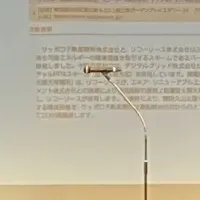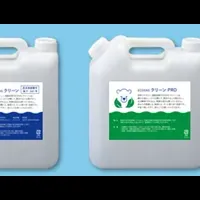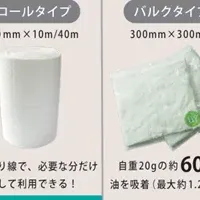
The Rapidly Expanding PFAS Filtration Market: Insights and Future Projections Until 2030
The Rapid Growth of the PFAS Filtration Market
The PFAS filtration market is on a trajectory to reach $2.99 billion by 2030, up from $2.13 billion in 2025, showcasing an impressive CAGR of 7.0% during the forecast period. This growth is attributed to increasing environmental challenges, stringent government regulations, and heightened public awareness regarding the health risks posed by PFAS contamination.
PFAS, or per- and polyfluoroalkyl substances, encompass a diverse group of nearly 15,000 synthetic chemicals. They find extensive applications in both industrial sectors and consumer goods due to their inherent resistance to heat, water, and oil. However, their persistent nature in the environment, alongside associations with severe health issues—such as cancer and compromised immune responses—has spurred a global movement towards stricter regulation of PFAS levels in water sources. Consequently, numerous industries, municipalities, and water utility services are currently investing significantly in innovative filtration technologies to ensure compliance and safeguard public health.
Key Filtration Technologies in Focus
Several treatment technologies are of particular interest in the PFAS filtration market. Among these, granular activated carbon (GAC), ion exchange resins, reverse osmosis (RO), and nanofiltration (NF) stand out, with membrane-based technologies like RO and NF leading the charge due to their exceptional efficiency in removing contaminants. The GAC segment specifically remains the most widely utilized method, recognized for its effectiveness and affordability. It operates on the principle of adsorption, where PFAS pollutants effectively cling to the porous surface of the carbon.
Municipal and industrial water treatment systems often prioritize granular activated carbon for its high adsorption capacity, particularly for long-chain PFAS like PFOS and PFOA. While GAC is typically integrated as a front-line filtration approach, it does become saturated over time and requires either replacement or regeneration, adding to operating costs. However, its proven track record, affordability, and ready availability make it a popular choice among users. As regulations tighten, GAC technology continues to be integrated with other filtration methods to heighten the removal of PFAS substances from water supplies.
Municipal Market and Regulatory Pressures
As safety concerns about PFAS rise, the municipal segment is expected to leverage the largest market share within the PFAS filtration industry throughout the forecast period. Municipal water treatment facilities serve as the first line of defense against PFAS contamination in public water systems. The increasing acknowledgment of PFAS health dangers—ranging from cancer risks to endocrine disruption—has compelled federal and state governments to institute stringent regulations regarding the presence of these substances in drinking water.
To comply with legal mandates and ensure safe drinking water for citizens, municipalities are retrofitting and investing in advanced treatment technologies including GAC, ion exchange resins, and membrane systems. Urban water systems often have better access to funding from federal and state programs, enabling them to install more robust PFAS-remediation systems. Additionally, the prevalence of PFAS contamination in urban stormwater and previously impacted sites ensures that municipalities remain a vital area for remediation efforts moving forward.
North America: The Leading Regional Market
North America is projected to dominate the PFAS filtration market, bolstered by rigorous regulatory policies, a well-informed public, and substantial government investments in environmental initiatives. The region, particularly the United States, has taken significant steps toward establishing some of the strictest PFAS regulations, which include stricter drinking water standards set by the EPA. The U.S. administration's investment of $50 million to support PFAS cleanup and develop next-gen filtration technology underlines the seriousness of the issue.
The widespread contamination of PFAS across groundwater sources and municipal water systems—stemming from years of industrial and military usage—has made it a priority within the North American environmental agenda. Innovative technologies like RO, NF, and high-efficiency ion exchange systems are enabling the market's rapid expansion in this region.
As new regulatory challenges emerge and the demand for clean water continues to escalate, North America is positioned as a vibrant and dynamic market for PFAS filtration solutions over the coming years.
Conclusion
In conclusion, understanding the dynamics of the PFAS filtration market is critical as environmental concerns gain prominence globally. With significant investments and regulatory pressure driving the need for effective filtration technologies, stakeholders in this evolving landscape must remain adaptable. Companies will continue to innovate and expand their offerings to meet the rising demands for safe drinking water and effective PFAS remediation techniques.
Topics Environment)










【About Using Articles】
You can freely use the title and article content by linking to the page where the article is posted.
※ Images cannot be used.
【About Links】
Links are free to use.